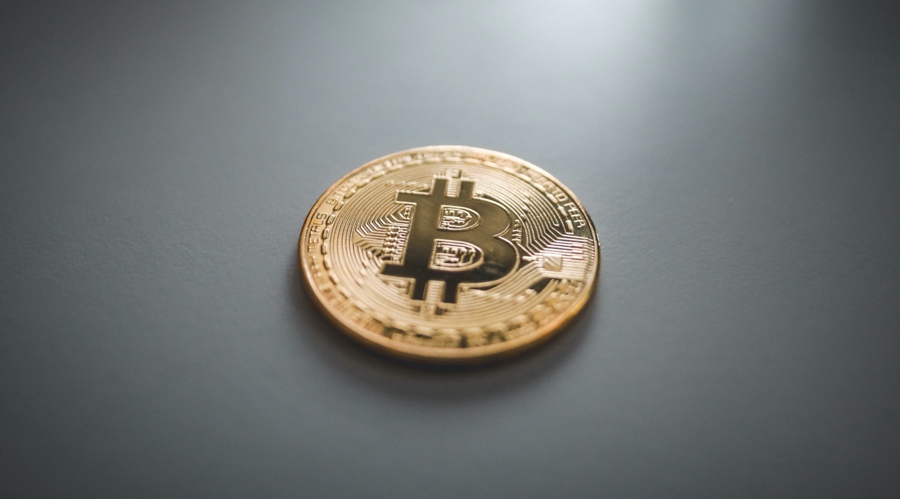Bitcoin, the
world’s first and most well-known cryptocurrency, has received a lot of
attention due to its price volatility. While its price has fluctuated
dramatically, many people worry whether Bitcoin’s adoption and acceptance in
mainstream banking and everyday transactions are purely dependent on its price
performance.
The Price
Volatility of Bitcoin
Bitcoin’s path
has been characterized by dramatic price fluctuations. Bitcoin’s price has been
a rollercoaster ride since its birth in 2009, when it was almost worthless, to
its all-time high of nearly $65,000 in April 2021. This instability has drawn
both ardent supporters and harsh detractors.
The Price as
an Attention Driver
Bitcoin price
increases frequently attract the attention of the media, investors, and the
general public. As the price of Bitcoin rises, it makes news, attracting more
participants to the cryptocurrency field. The allure of large returns has
fueled speculative investment and the growth of a thriving Bitcoin trading
ecosystem.
Value Store
Perception
Many supporters
claim that Bitcoin’s price volatility does not detract from its attractiveness,
but rather adds to it. They see Bitcoin as a digital gold-like store of value,
an asset that can safeguard wealth and hedge against inflation. Price
volatility is viewed as a necessary trade-off for potential long-term
advantages in this setting.
Bitcoin
Adoption Influencing Factors
While the price
of Bitcoin is important, several additional factors influence its adoption and
incorporation into established financial systems:
- The regulatory
environment for cryptocurrencies differs greatly across countries. Uncertainty
or stringent restrictions might dissuade enterprises and investors, but a clear
and supportive regulatory environment can stimulate adoption. - Infrastructure
Development: The availability of user-friendly wallets, exchanges, and payment
systems has a significant impact on Bitcoin’s usage in daily transactions.
Infrastructure development is required for widespread adoption. - Merchant
Acceptance: Widespread acceptance as a payment mechanism by businesses can
drive Bitcoin’s adoption for day-to-day transactions. Companies that accept
Bitcoin payments, such as Tesla and Square, have gotten a lot of attention. - Use Cases
Beyond Speculation: Extending Bitcoin’s use cases beyond investment is
critical. Projects aimed at facilitating remittances, microtransactions, and
decentralized finance (DeFi) are driving Bitcoin acceptance beyond its
traditional role as a store of value. - Traditional financial
organizations, such as banks and investment firms, are gradually incorporating
cryptocurrencies into their offerings. The involvement of institutional
investors, as well as the creation of Bitcoin-based financial products, show
that acceptance is expanding.
Beyond the
Price of Bitcoin
The journey of
Bitcoin extends beyond its price as it develops into a multidimensional asset
and technology:
- Bitcoin as
Digital Gold: The story of Bitcoin as “digital gold” emphasizes its
potential as a store of value, particularly in uncertain economic times. - Smart
Contracts: Layer-2 solutions for Bitcoin, like as the Lightning Network, aim to
enable smart contracts and microtransactions, expanding its utility. - Enhancements to
Privacy: Innovations such as the Taproot upgrade aim to strengthen Bitcoin’s
privacy features, making it more fungible and resistant to surveillance. - Concerns about
the environment: The environmental impact of Bitcoin mining has aroused debate,
resulting in a growing interest in greener solutions. - Interoperability:
Bitcoin’s compatibility with other blockchain networks, as well as its ability
to span multiple ecosystems, may increase its acceptance.
The
Importance of Price Stability
While Bitcoin’s
price volatility has been a defining feature, obtaining price stability is
frequently regarded as a critical step toward wider acceptance in everyday
transactions. In this setting, stablecoins, which are cryptocurrencies linked
to a stable asset such as the US dollar, have gained popularity.
Bitcoin as a
Volatile Asset: The price volatility of Bitcoin renders it unsuitable for
routine transactions. Consider buying a cup of coffee with an asset that has
the potential to dramatically increase or drop in value within minutes.
Stablecoins for
Everyday Transactions: Stablecoins give the stability required for everyday
transactions. They allow users to conduct cryptocurrency transactions while
avoiding the price volatility associated with Bitcoin and other volatile
digital assets.
Bitcoin as a
Reserve Asset: The role of Bitcoin as a reserve asset or store of value is
consistent with its digital gold narrative. It may not replace traditional
currencies, but it may act as a hedge against economic insecurity.
Trends in
Adoption and Integration
Several trends
imply that Bitcoin’s acceptability in the financial environment is growing:
- Institutional
Investment: Institutional players such as Grayscale, MicroStrategy, and Tesla
have made significant investments in Bitcoin, indicating their belief in its
long-term potential. - Payment
Gateways: Payment processors such as PayPal have integrated Bitcoin into their
platforms, making it possible for users to buy, hold, and spend Bitcoin at
millions of businesses.



